 |
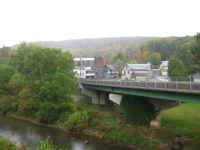 |
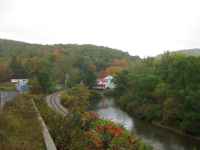 |
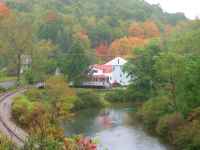 |
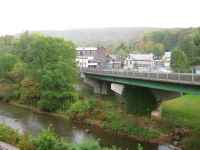 |
 |
 |
 |
 |
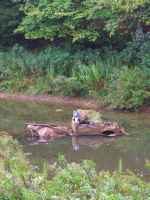 |
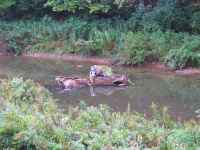 |
 |
 |
 |
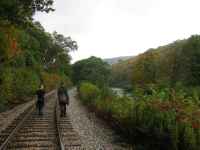 |
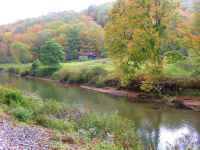 |
 |
Abrams Creek Lodge & Family CampgroundAn Eco-Friendly Campground & RetreatStream-Front Wilderness Camping, Cabin / Cottage & Tipi rentals & Bed and Breakfast Lodging |  |
Back to Photo Galleries Main Page
Ghost Towns of the Upper Potomac
Rail Hike from Gormania to Schell Rd. Swim-hole, WV
An extraordinary 8 mile rail hike along the N. Branch of the Potomac River. Venture where few have walked before this century. See rugged white water, cascades, waterfalls, deep swim holes and tributaries of this pristine high mountain river as only those who once inhabited the past hamlets and abandoned towns once observed, very long ago -- revisit the forgotten river.
Directions: From Abram's Creek Campground: Take US Rt. 50 West for about 10 miles to the town of Gormania. Park along the river behind the Gormania Gas and Go. Walk across the highway bridge to the Maryland side and go down to the train tracks to begin your adventure. Walk 3, 4, or 5 miles and turn around to avoid the complication of the 2 car, 2 places delimma. Alternatively, have friends park in one place and hike one direction, and you and friends hike in the opposite direction, meet halfway, exchange car keys and continue on your hike.
More -- paper back book: Ghost Towns of the Upper Potomac
This book focuses on a very small area along the Potomac River that divides Garrett County, MD and Grant and Mineral Counties, WV, a total of about 30 miles or so. Within that distance the book (a joint effort published by the Garrett County Historical Society) lists and describes about 30 coal towns, most of which are ghosts or barely still in existence. A few places such as Kitzmiller and Bayard are still very much alive and even support post offices yet. The most interesting feature of the book is the inclusion of a large number of photographs and postcards of most of the towns - some of them taken shortly after one or another of the numerous floods that occur along this mountainous stretch of Potomac River. These coal towns seem gritty and fragile places, though stubborn in their existence: many of them could only be entered or left via the railroad. The book is an interesting look at once thriving places of not too long ago that may or may not have seen better days.
1 [2] [3] [4] [5] [6] [7] [8] [9] [10] [11] [12] [13] [14] [15] [16] [17] Next
www.AbramsCreek.com Home Page